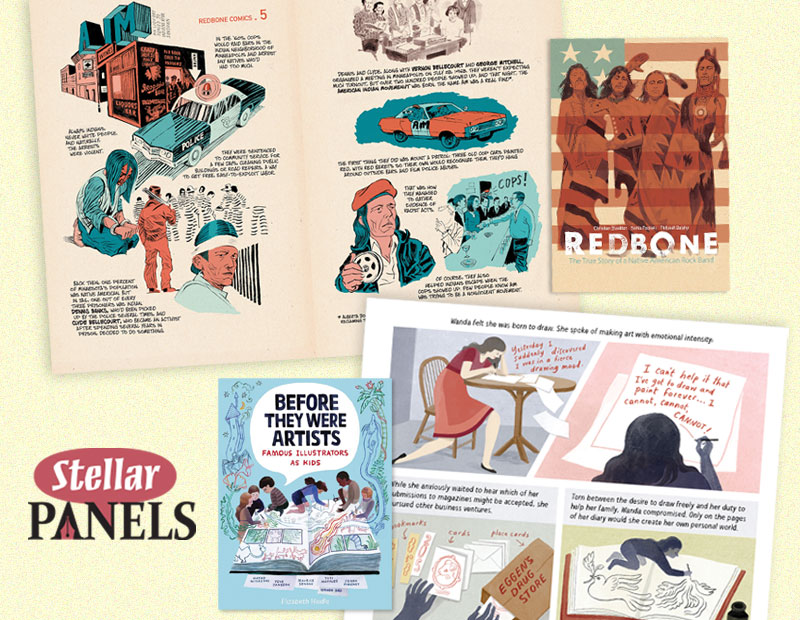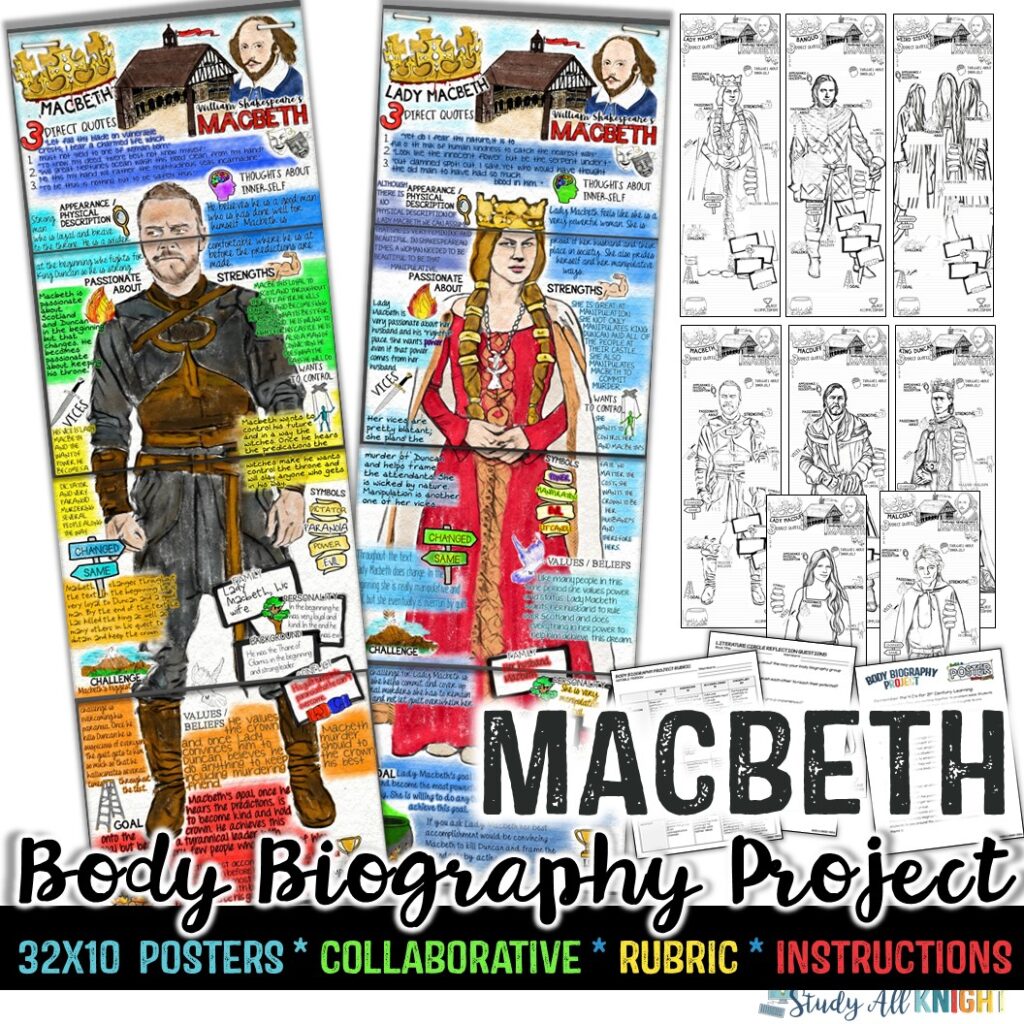A graphic biography is a non-fiction comic book that tells the life story of a person in comic book form. It includes a narrative, artwork, and dialogue to tell the story in an engaging way. Graphic biographies often focus on life stories of historical figures, such as politicians, scientists, and other notable persons. It is also used to tell the stories of everyday people in a way that is both interesting and informative. Graphic biographies can be educational, inspirational, and entertaining.
History of Graphic Biography
Graphic biographies are an innovative and captivating way to tell the stories of people’s lives. They can provide a unique perspective on historical figures, celebrities, and everyday people alike. While the concept of graphic biographies is a relatively new one, the history of them goes back centuries.
Graphic biographies began in the 16th century with woodblock prints. These prints depicted the lives of famous people and everyday people in a series of illustrations. During this time, they were primarily used as a form of entertainment. In the 18th century, these woodblock prints were replaced by lithographs. These lithographs depicted stories in a series of sequential images, which gave them a much more detailed look.
In the 19th century, the medium of graphic biographies evolved further with the introduction of photography. Photographers used a variety of techniques to capture their subjects’ stories in a single image. This allowed for a much more accurate representation of a person’s life.
In the 20th century, the advent of modern technology allowed for new ways to tell stories. With the introduction of computers and video, graphic biographies could be created with much more detail and complexity. Today, graphic biographies are used to tell stories in a variety of different mediums, from books and magazines to television and film.
The history of graphic biographies is a long and fascinating one. From woodblock prints to modern technology, it has evolved and adapted to the changing times. With its ever-evolving nature, graphic biographies are sure to remain an integral part of storytelling for years to come.
Types of Graphic Biographies
A graphic biography is a unique way of telling a story. It combines the power of visual storytelling with the power of words to create a powerful narrative. Graphic biographies come in many different forms and can be used to tell a wide variety of stories. They can be used to tell the story of a person’s life, a significant event, or even a cultural or historical event. The most common types of graphic biographies are comic books, graphic novels, and picture books.
Comic books are a popular form of graphic biography. These books use panels, captions, speech bubbles, and images to tell a story. They’re usually written in a way that readers can relate to and can be a great way to introduce readers to a character or event. Graphic novels are similar to comic books, but they often have more complex storylines and can be used to tell more complicated stories. Picture books are usually illustrated stories that tell a story in a more visual way. They often have fewer words and rely more on the visuals to tell the story.
Graphic biographies can be used to tell many different stories, from the lives of famous people to the history of an important event. They can be informative, entertaining, and engaging, making them a great tool for both educators and storytellers. No matter what type of story you’re trying to tell, there’s likely a form of graphic biography that can help you tell it.
Benefits of Graphic Biography
Graphic biography is a compelling way to share a person’s life story. Whether it’s a personal biography or a business profile, a graphic biography can bring a story to life in a unique and engaging way. Not only does it provide a visually stimulating narrative, it also offers a number of other benefits.
One of the main benefits of graphic biography is that it allows people to tell their stories in a more dynamic and interesting way. It enables the reader to gain insight into a person’s life through illustrations, photographs, and text. It also gives the reader the ability to get to know the subject in a more personal way, as the visual narrative is often more captivating than traditional text-only biographies.
Graphic biographies can also be used to promote a business or organization. By using visually stimulating content, organizations can showcase their products, services, and successes in a more interesting way. Additionally, graphic biographies can be used to create a memorable and lasting impression on potential customers.
Finally, graphic biographies provide an opportunity to connect with people on an emotional level. Using a combination of text, images, and animation, graphic biographies can evoke a range of emotions from the reader. From inspiring stories of success to heartbreaking tales of loss, graphic biographies can be used to share powerful messages with readers.
Graphic biographies offer a range of benefits that make them an ideal way to share a person’s life story or promote a business. By combining visuals, text, and animation, graphic biographies can connect with readers on a deeper level and create a lasting impression.

Examples of Graphic Biographies
Graphic biographies are a unique and captivating way to tell the story of a person’s life. Whether it’s a personal account of an individual’s struggles and successes or a more comprehensive look at a famous figure, graphic biographies bring the narrative to life in a visually stunning way. Examples of graphic biographies can be found in both print and digital formats, with each offering its own unique perspective.
Print graphic biographies often include a combination of art, text, and photographs to tell the story of the individual. They can be as simple as a few pages of hand-drawn art or as intricate as a full-color, glossy magazine-style publication. These books often focus on the life of a famous leader or celebrity, but they can also be used to tell the stories of everyday people.
Digital graphic biographies offer a unique way to explore the life of a person. These often take the form of an interactive web page or mobile app, allowing readers to explore the life of the featured person in an interactive way. Digital graphic biographies can also include videos, audio clips, and other multimedia elements to add depth to the story.
No matter the format, graphic biographies are an excellent way to explore the lives of the people who have shaped our world. By combining art, text, and multimedia elements, these unique biographies allow readers to gain a deeper understanding of the individual’s life and the impact they have had on our culture.
Creating a Graphic Biography
Graphic biographies are becoming increasingly popular as a way to tell stories, share experiences, and communicate the unique journey of a person’s life. Graphic biographies, or bio-graphics, use illustrations, photographs, and text to create a visual narrative of the individual’s life story. By using creative visual elements, graphic biographies are able to communicate the individual’s life in an engaging and visually compelling way.
Bio-graphics can be used to highlight important milestones, showcase a person’s accomplishments, and illustrate the evolution of the individual’s life. In addition to telling the story of an individual’s life, graphic biographies are also used to communicate the values, beliefs, and experiences of a community. Whether it is a civic leader, a business owner, or a local hero, graphic biographies can be used to create a story that resonates with readers.
Creating a graphic biography requires a combination of storytelling, research, and creativity. It is important to have a clear goal in mind before beginning the project. It is also important to have a clear understanding of the individual or subject of the bio-graphic. Once the goal and subject are determined, it is time to begin researching the individual’s life and gathering relevant materials.
After the research is completed, it is time to begin constructing the bio-graphic. This can be done through the use of illustrations, photographs, and text. It is important to ensure that the design of the bio-graphic is cohesive and visually appealing. Once the design is completed, the bio-graphic is ready to be shared with the world.
Graphic biographies can be a great way to tell a story and communicate a person’s life in an engaging and visually compelling way. With the right research, storytelling, and design, a graphic biography can be an effective way to share an individual’s life story.
Critiques of Graphic Biography
Graphic biographies are an interesting and immersive way to learn about history and the lives of influential figures. These works of art are composed of illustrations, photographs, and other visuals that tell a story, often in a more compelling way than words alone. Graphic biographies are an excellent way to explore the lives of those who have shaped our world.
However, there are some critiques of graphic biographies that should be kept in mind before reading one. First, some graphic biographies may take too much artistic license, leading to a story that is inaccurate or incomplete. Another criticism is that some graphic biographies may be too focused on the visual elements, leaving out important details and information. Lastly, some graphic biographies may focus too heavily on the positives of a person’s life, creating an unbalanced view of the subject.
These critiques should not discourage readers from exploring graphic biographies, as they can be an engaging and enjoyable way to learn about history. It is important, however, to read reviews of the book or do research on the accuracy of the story before reading. With the right approach, readers can still gain insight and understanding from a graphic biography.
FAQs About the Graphic Biography
1. What is a Graphic Biography?
A Graphic Biography is a type of biography that utilizes graphic novel elements such as illustrations, text, and other design elements to tell the story of a person’s life.
2. How does a Graphic Biography differ from a traditional biography?
A Graphic Biography differs from a traditional biography in that it uses visual elements to more effectively convey the story of a person’s life. This includes elements such as illustrations, text, and other design elements to create a unique and engaging story.
3. What are the advantages of using a Graphic Biography?
A Graphic Biography has many advantages over traditional biographies. Graphic Biographies are more engaging, more visually appealing, and easier to understand than traditional biographies. Additionally, Graphic Biographies are more accessible to wider audiences, as they can be understood by people of all ages and backgrounds.
Conclusion
In conclusion, a graphic biography is an effective way to learn about an individual’s life story. By combining visuals and text, it is possible to create a unique and engaging narrative that captures the essence of a person’s life. Graphic biographies can be used to explore a variety of topics, from historical figures to current celebrities, and can be a great way to learn about a person in an entertaining way.




